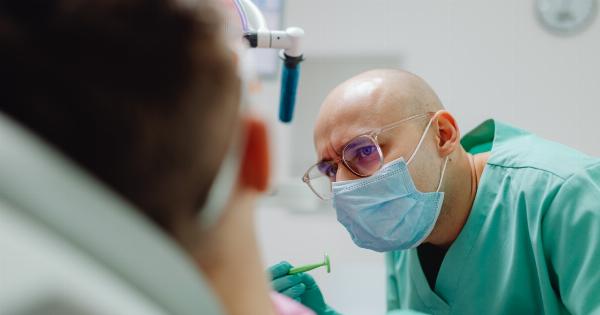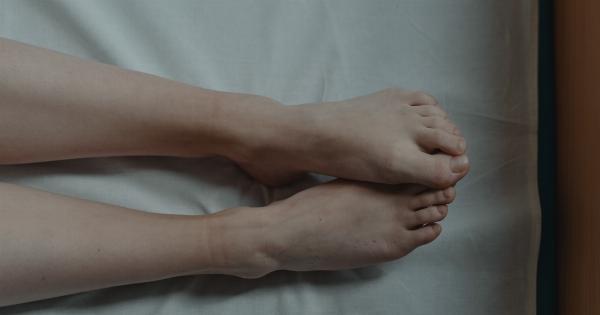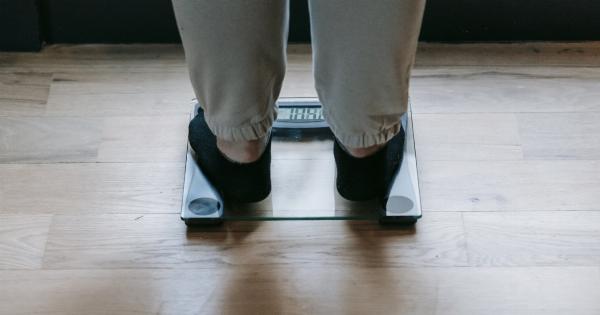Disc herniation is a common spinal injury that occurs when the soft cushion-like discs between your vertebrae slip out of their position.
This can cause pressure and compress your spinal cord or nerves, leading to severe pain and other symptoms like numbness and weakness in your legs or arms. If your symptoms do not improve with conservative treatment, your doctor may recommend surgery.
The thought of undergoing surgery can be scary, but it’s often the best option for long-term relief. After the procedure, your body will need to heal, and it’s essential to know what to expect during recovery.
In this article, we’ll discuss the recovery process after disc herniation surgery and give you tips on how to manage pain and care for yourself during this time.
What Happens During Surgery for Disc Herniation?
There are several types of surgery that your doctor may recommend, depending on the severity and location of your disc herniation.
The most common procedure is called a lumbar discectomy, which involves removing the damaged portion of the disc to relieve pressure on your spinal cord or nerves.
The surgery is performed under general anesthesia, and you will be asleep throughout the procedure. Your surgeon will make a small incision in your back and use special tools to remove the damaged disc material.
In some cases, your surgeon may need to remove a small portion of the bone to access the disc fully.
The surgery typically takes about an hour, and you’ll spend some time in the recovery room before being transferred to a regular hospital room.
You’ll need to stay in the hospital for a day or two to manage pain and receive care after surgery.
What to Expect Immediately After Surgery?
After the surgery, you’ll likely feel groggy and may experience some pain and discomfort. Your medical team will monitor your vital signs and administer medication to manage pain and reduce inflammation.
It’s common to feel nauseous or experience headaches after anesthesia, but these symptoms are temporary and typically resolve on their own.
Your surgeon may ask you to walk around a few hours after surgery to prevent blood clots and promote circulation.
You’ll also receive instructions from your medical team on how to care for your incision site, such as how to change your bandages and what signs of infection to look out for.
Recovery Timeline After Disc Herniation Surgery
The length of your recovery time will depend on several factors, including the type of surgery you had, your age, and your overall health. In general, you can expect to take six to eight weeks off work while you recover fully.
Here’s what you can expect during the different stages of your recovery:.
First Week Post-Surgery
The first few days after surgery are the most challenging, and you’ll need to take it easy. Your medical team will encourage you to walk around and do light stretching exercises to prevent blood clots and keep your muscles from getting stiff.
You may experience pain and discomfort, but your doctor will prescribe pain medications to control these symptoms.
You should avoid bending, twisting, or lifting anything heavy during this period, as it can put pressure on your incision site and slow down your recovery.
Second Week Post-Surgery
You’ll start feeling better during the second week post-surgery, and your pain and discomfort will start to decrease. You should continue to walk and do light stretching exercises to help your muscles heal.
Your surgeon may remove your stitches or staples during this period, and you should continue to care for your incision site as instructed.
You should avoid any high-impact activities like jogging or jumping during this time, as it can cause damage to your healing tissue.
Third Week Post-Surgery
By the third week post-surgery, you should be feeling much better and may be able to return to some light activities. Your doctor may recommend physical therapy to help you regain your strength and flexibility.
It’s still essential to avoid any strenuous activities that involve bending or lifting during this period. You should also avoid any activities that involve twisting or turning your lower back, like golf or tennis.
Fourth Week Post-Surgery and Beyond
After four weeks, you should be feeling much better and may start to feel ready to return to work. Before doing so, it’s crucial to discuss with your doctor and make sure you are physically ready and able to do so.
You should continue to avoid any activities that involve bending or lifting heavy objects, as well as high-impact activities. You may need to continue physical therapy for a while longer to regain your strength and flexibility fully.
Tips for Managing Pain During Recovery
Managing pain is an essential part of your recovery process after disc herniation surgery. Here are some tips that can help:.
Take Your Pain Medications as Prescribed
Your surgeon will prescribe pain medications to control your pain levels during recovery. It’s crucial to take them as prescribed and not skip any doses to avoid experiencing severe pain.
Use Ice Packs or Heating Pads
Using ice packs or heating pads can help relieve soreness and stiffness. Apply ice packs for 20 minutes at a time every few hours during the first few days after surgery.
Use a heating pad or warm towel after the third day to help soothe sore muscles and promote circulation.
Rest and Relax
Resting and getting enough sleep are essential for your healing. Avoid any activities that cause pain or discomfort, and make sure to take frequent breaks throughout the day to rest and relax.
Follow Your Physical Therapy Plan
Physical therapy can help you regain your strength and flexibility after surgery. Follow your therapist’s plan carefully and practice the exercises regularly to see the best results.
Conclusion
Recovering after disc herniation surgery takes time and patience, but with proper care and management, you can speed up the process and get back to your normal activities.
Make sure to follow your doctor’s instructions carefully and take care of your mind and body during this time. Remember, the ultimate goal is long-term relief and a pain-free life.





























